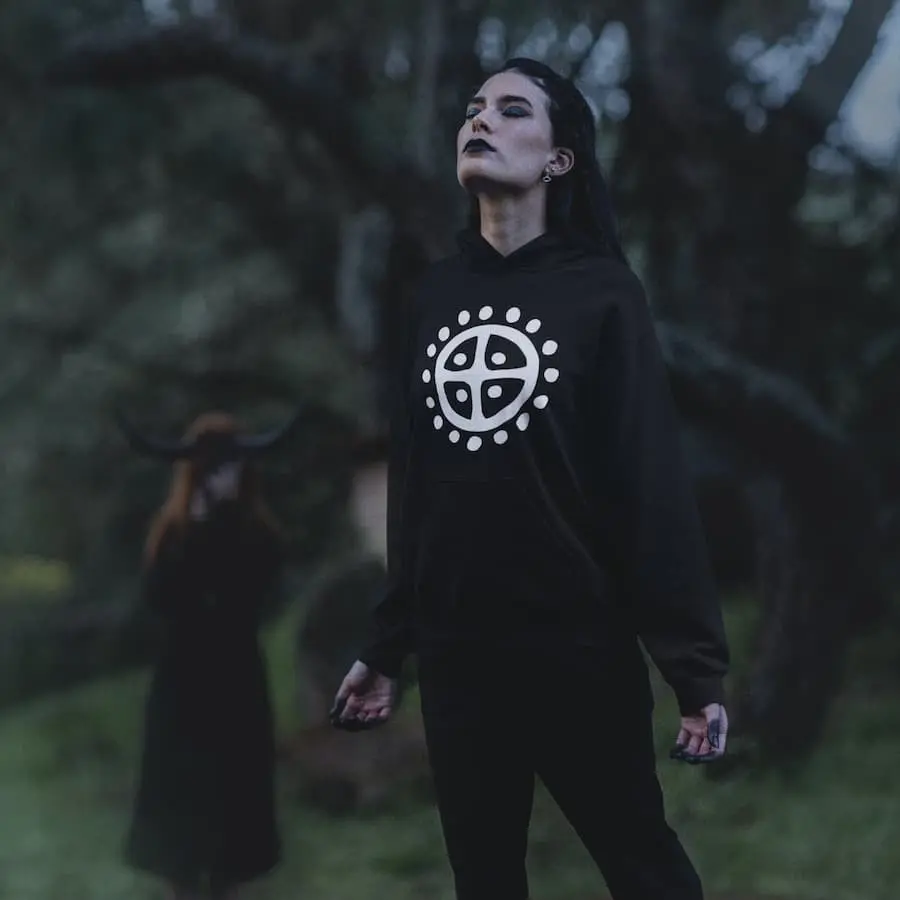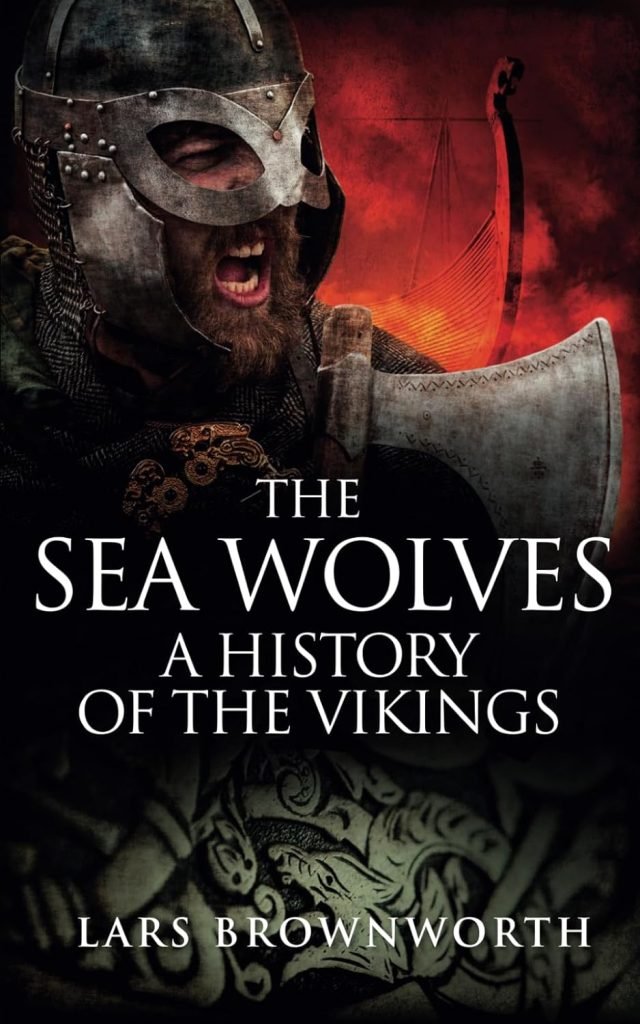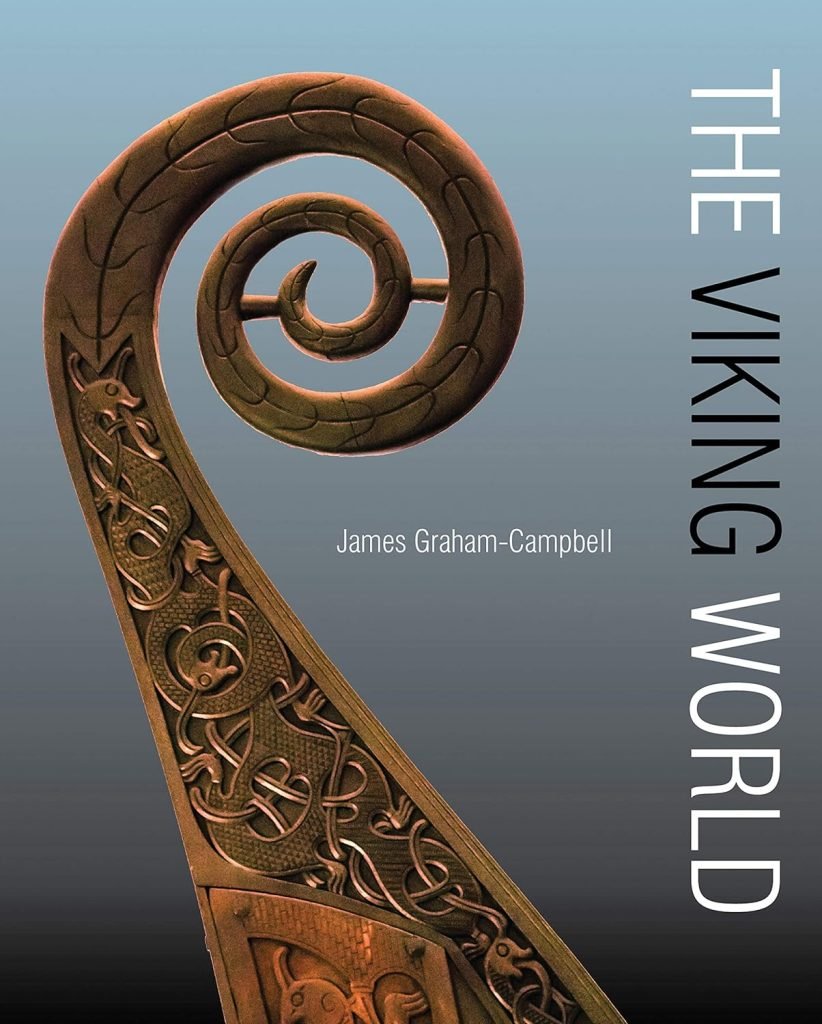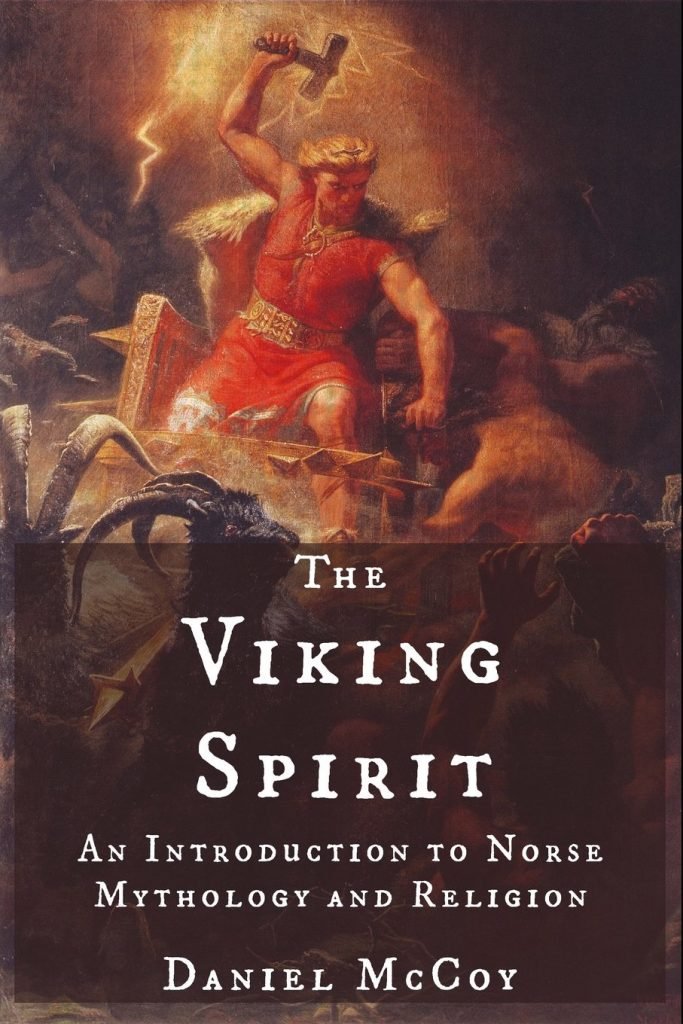Your basket is currently empty!
The Norse Wheel of the Year: The Norse Calendar & Holidays
Have you ever asked yourself if there is anything such as “the Norse wheel of the year”? or what the Viking calendar looked like? Different calendars were found in different areas, as Vikings travelled and spread around Europe, but we don’t have many records about them, unfortunately, and the ones that survived to this day are heavily Christian influenced.
Luckily, these archaeological findings still had some references to the previous Pagan celebrations and the old Icelandic calendar was used up until the 18th century, so thanks to these resources, we can have an approximate idea of how the early Germanic tribes organised their time.

Unlike our modern Gregorian calendar, the year was divided into two seasons only: Summer and Winter. Although the Sun had a pretty important role in their lives, Vikings used the moon phases to keep track of time, from new moon to new moon, dividing the year into 12 months of 30 days and four extra days every 4th Summer called the Sumarauki, to account for leap years.
Just as in other civilizations, solstices and equinoxes had some importance as well: these astronomical events are very noticeable in the northern regions and helped them predict the arrival of the different seasons, something critical for agriculture and farming.
Names of the months in the Norse calendar

Here are the names of the different months and seasons of the Norse “wheel of the year”:
- Náttleysi (nightless days or Summer months):
- Harpa (mid-April to mid-May): the first month of the year, probably named after a forgotten goddess or mythical creature.
- Skerpla (mid-May to mid-June): probably named after a forgotten goddess as well.
- Sólmánuður (mid-June to mid-July): its name translates to “Sun month” and it’s the brightest time of the year.
- Heyannir (mid-July to mid-August): or “haymaking”. It’s time to harvest the hay.
- Tvímánuður (mid-August to mid-September): it means “two months”. This might refer to the two months left of Summer.
- Haustmánuður (mid-September to mid-October): the Autumn month and time to harvest and get ready for the hard winter months ahead.
- Skammdegi (short days or Winter months):
- Gormánuður (mid-October to mid-November): or “slaughter month”
- Ýlir (mid-November to mid-December): also known as “Yule month”. The origins of its name aren’t clear, but it seems to be related to the celebration or to “Jólnir”, one of the names of Odin.
- Mörsugur (mid-December to mid-January): its name translates to “fat sucking month”. Animal fat was very important to survive the hard Scandinavian winters when nothing else grew from the land.
- Þorri (mid-January to mid-February): or “frozen snow month”. Its name may come from the god Thor (Þor) or the Norwegian king called Þorri Snærsson.
- Góa (mid-February to mid-March): literally “Góa’s month”, who was Þorri’s daughter and a winter spirit.
- Einmánuður (mid-March to mid-April): meaning the “lone month” or “single month”, probably referring to the fact that this is the last month of winter.
Fun fact: each month of the Norse calendar always started on the same day of the week.
Norse Holidays
The Norse calendar is filled with different holidays and festivals, but we don’t have detailed records of all of them, unfortunately. What we know about some of these festivities was based on medieval manuscripts, while others have been recreated by using the little information available from different sagas, mixed with the Wiccan Wheel of the Year as an inspiration in some cases.
That being said, here are the different holidays in the Norse wheel of the year that we know of:
- Þorrablot: or Husband’s day, it was celebrated on the first day of Þorri in honour of all husbands and fathers. It was held in honour of Thor and of course, the winter spirit of Thorri.
- Góublót: also known as “Wife’s day”, it took place on the first day of Góa in honour of all mothers and wives. It’s also a celebration of the end of winter.
- Sigrblót: the first day of Harpa. A day to celebrate the beginning of Summer and the victory of light over darkness. Offerings to Freya were made during this festival.
- Mid-Summer: a common festivity in many cultures, it was the celebration of light, fertility and music.
- Alfarblót: the first day of Winter. It celebrates the last harvest of the year and it’s also associated with the goddess Freya. This festivity was celebrated in the privacy of each home, as opposed to the others and it was lead by the women of the house.
- Jól or Yule: a festivity associated with the Wild Hunt and Odin and the predecessor of the modern Christmas celebrations in northern Europe.
- Dísablót: the exact day of this celebration is unclear, some sources say it was held at the beginning of winter, others at the end of it or it might have been celebrated on both, actually. This festival honoured all the female figures: the disir (the female spirits of protection and fertility), goddesses, ancestors and other female figures of the Norse lore.
The Heathen Holidays

What’s known today as the “Heathen Calendar” was first published by Stephen McNallen in 1975. He modelled it on the Wiccan Wheel of the Year, renaming the festivals with Nordic terms to suit a modern Northern European framework.
However, McNallen remains a controversial figure in the Heathen community. He developed a concept called “metagenetics,” arguing that spiritual and cultural traditions are inherited biologically, essentially claiming that Heathenry is most appropriate for those of Northern European ancestry. Critics have labelled this ideology as ethnonationalist and racist, since it excludes people based on ancestry rather than belief or practice.
His organisation, the Asatru Folk Assembly (AFA), has also been criticised for promoting xenophobic and exclusionary views. McNallen has made public statements about “defending our culture and ancestors” and has expressed opposition to immigration in ways that align with white-identitarian ideologies. Although he has distanced himself from overt neo-Nazi groups, his rhetoric and affiliations have raised serious concerns within the broader Pagan and Heathen communities.
Although this calendar has been widely adopted, it’s important to recognise that its roots lie in an ideology that promotes ethnic exclusivity within modern Heathenry. Understanding where it comes from and the values it was built upon allows us to make informed decisions about whether it aligns with our own beliefs and the kind of spirituality we want to foster.
That said, here is an overview of the eight seasonal festivals commonly included in this version of the Norse Wheel of the Year:
- Disting or Disablot (February 2nd): a celebration of new beginnings and preparation of the land for planting.
- Ostara (March 21st): rejuvenation of the Earth and celebration of fertility and growth.
- Walpurgisnacht or May Eve (April 30th): associated with the god Frey and goddess Freya. Celebration of love, fertility and the coming of Spring.
- Midsummer or Midsummarblot (June 21st): The date of this celebration can vary a little bit if you decide to do it on the actual Summer solstice. Bonfires, traditional music and the burning of corn dollies take place to celebrate the brightest time of the year.
- Frey Feast or Freysblot (August 1st): thanksgiving for the fruits of the first harvest of the year. A loaf of bread is baked as an offering to the god Frey.
- Fall Feast or Haustblot (September 23rd): this festivity falls on the Autumn equinox, so the date may vary a bit if you celebrate it on the actual astronomical event. It honours the second harvest of the season and it’s the time to gather food for the upcoming winter months. It’s also a time to reflect on what we have achieved and to be thankful for what the Earth has given us.
- Winter Nights or Vetrnaetr (October 31st): The end of the harvest season, which meant that it was time to use the meat of the farm animals and start hunting. It’s also a night to reflect and honour ancestors, as well as the goddess Hela. The veil between the worlds is thinner during this night, so it’s also a good time to do some divination for the year ahead.
- Yule (December 20th-January 1st): the most important of all Norse holidays, it has a duration of 12 nights, starting on December the 20th. The darkest time of the year symbolizes the beginning and end of all things and it is when the gods and goddesses are the closest to Midgard. The dead return to Earth to share feasts with the living, but other magical creatures run freely at this time too, so be aware! (click here to see some easy Yule gift ideas)
Note: These names and dates are modern interpretations and not based on a single historical Viking calendar. Many historical Norse and Germanic communities had their own ways of marking time, which differed regionally and culturally.
Learn More about the History of the Vikings
(Transparency Disclaimer: this post contains affiliate links from the Amazon Services LLC Associates Program. As an affiliate and Amazon Associate I will earn a small commission from qualifying purchases, at no extra cost for you)
Remember to click here and join our Clan to download your own copy of the calendars and receive the latest updates!







